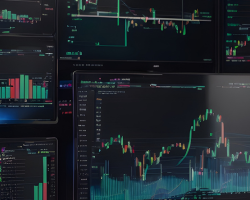Global Markets Struggle for Direction Amid Tariffs, Inflation Concerns, and Central Bank Uncertainty | Weekly Market Analysis

Key events this week:
Wednesday, August 20, 2025
- New Zealand - RBNZ Interest Rate Decision
- UK - CPI (YoY) (Jul)
- Eurozone - CPI (YoY) (Jul)
- USA - Crude Oil Inventories
- USA - FOMC Meeting Minutes
Thursday, August 21, 2025
- USA - Initial Jobless Claims
- USA - Philadelphia Fed Manufacturing Index (Aug)
- USA - S&P Global Manufacturing PMI (Aug)
- USA - S&P Global Services PMI (Aug)
- USA - Existing Home Sales (Jul)
Friday, August 22, 2025
- USA - Fed Chair Powell Speaks
The US stock market wrapped up last week with mixed results, managing to secure its second consecutive weekly gain despite faltering on Friday. The declines were fueled by weaker consumer sentiment figures and a jump in inflation expectations, which rattled confidence and placed pressure on equities.
The Dow Jones Industrial Average eked out a modest rise of 34 points, or 0.1%, while the S&P 500 dipped 0.3% and the NASDAQ Composite slipped 0.4%. For the week overall, however, both the S&P 500 and the Nasdaq closed higher, adding roughly 0.9% and 0.8% respectively, underscoring resilience in a market grappling with conflicting signals.
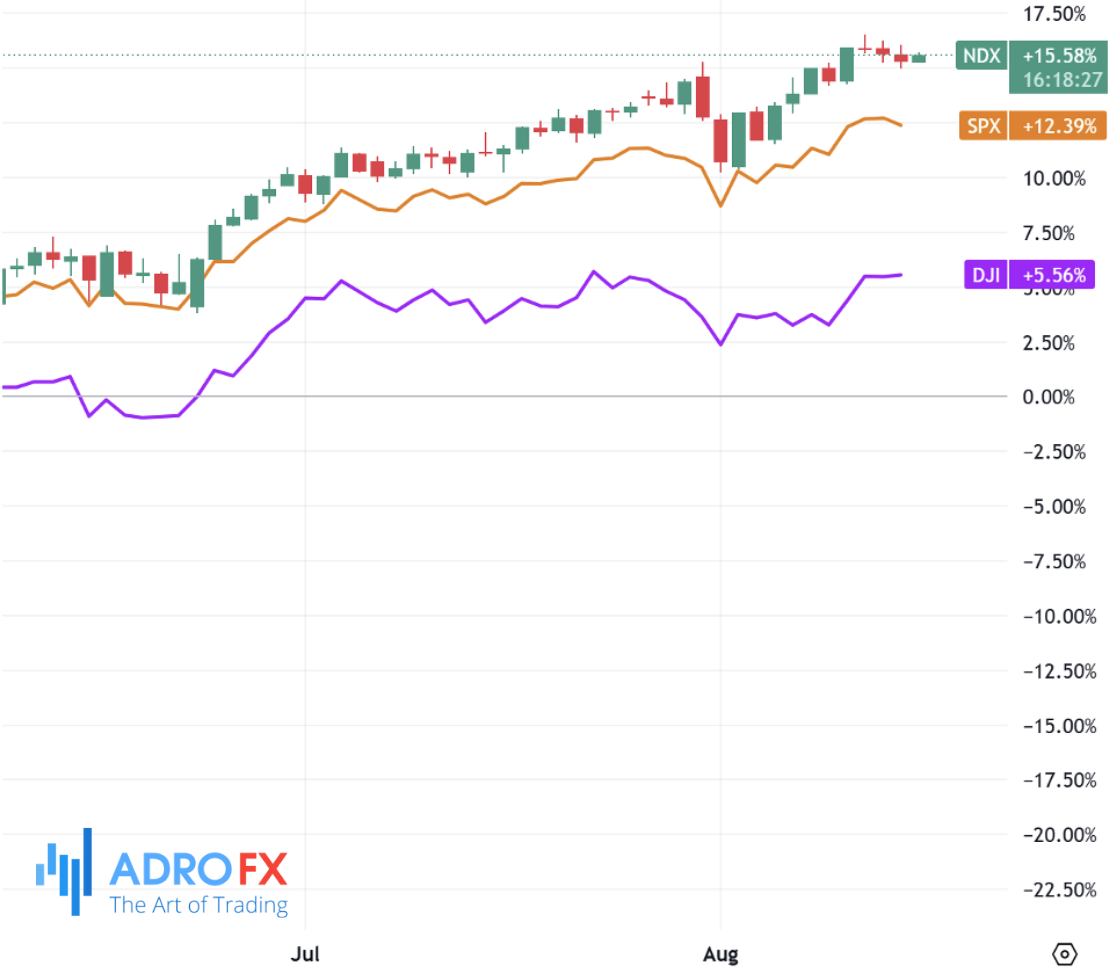
Economic data added layers of complexity to investor sentiment. US import prices rebounded in July, climbing 0.4% after a revised 0.1% decline in June. The rise was driven largely by higher consumer goods costs, a development widely linked to tariffs, signaling that price pressures could mount further. With tariffs expanding into additional sectors, the persistence of inflation has become a focal point for traders attempting to forecast the Federal Reserve’s next move.
Corporate earnings season has also helped shape the narrative. Most companies in the S&P 500 have now released their second-quarter results, and data from FactSet shows that more than 80% reported earnings per share above analyst expectations. Revenue surprises were similarly strong, providing a layer of optimism that corporate America remains resilient despite economic headwinds.
Yet not all earnings developments were bullish; Berkshire Hathaway disclosed it had cut its stake in Apple by selling 20 million shares during the quarter, while also trimming its exposure to Bank of America. Such moves sparked debate about whether even highly resilient megacaps may face headwinds if consumer demand weakens.
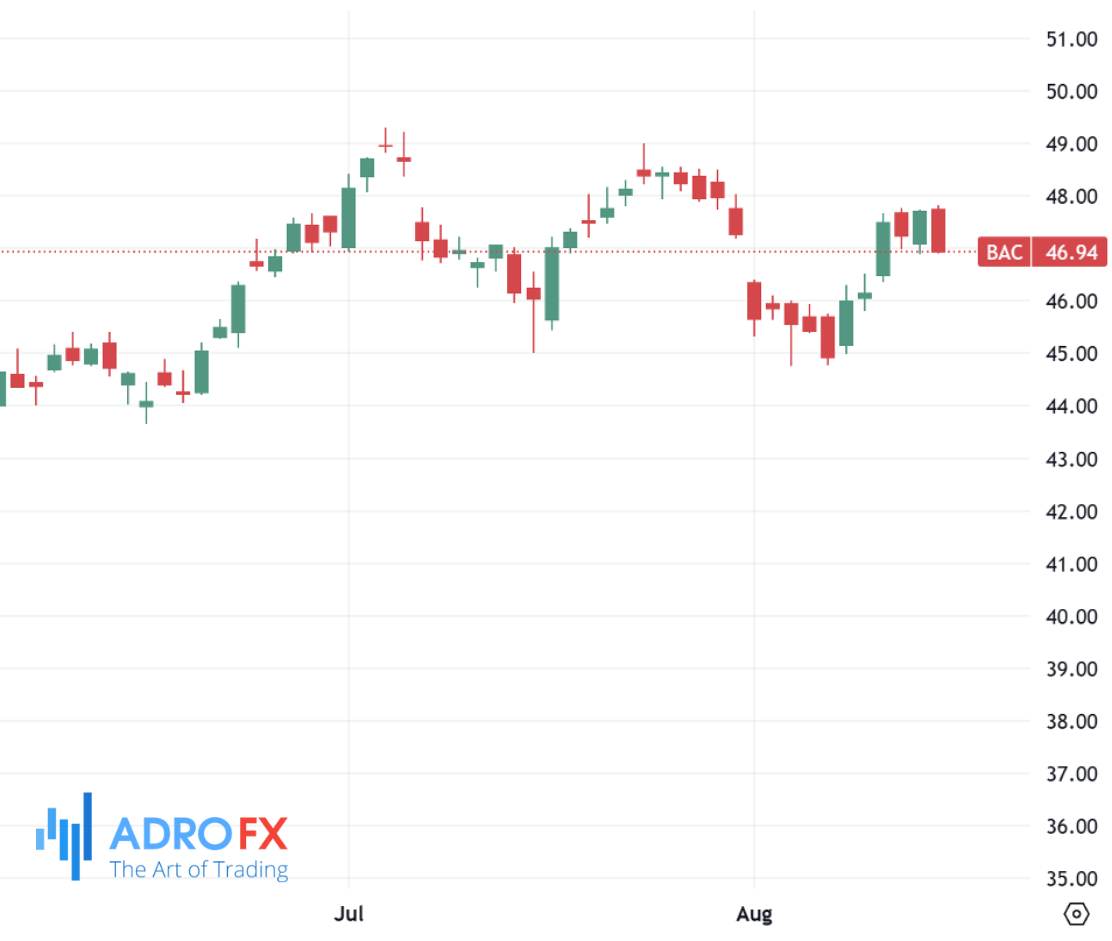
Currency markets reflected shifting expectations around interest rates. The USD/CAD pair, after two days of gains, retreated toward 1.3800 in Asian trading Monday. The US dollar came under pressure amid a dovish tilt in expectations for the Federal Reserve’s September policy decision. Recent data reinforced this view: the University of Michigan’s preliminary Consumer Sentiment Index fell to 58.6 in August from 61.7 the prior month, well below forecasts of 62. Retail sales data, meanwhile, showed a 0.5% month-over-month increase in July, moderating from June’s 0.9% gain.
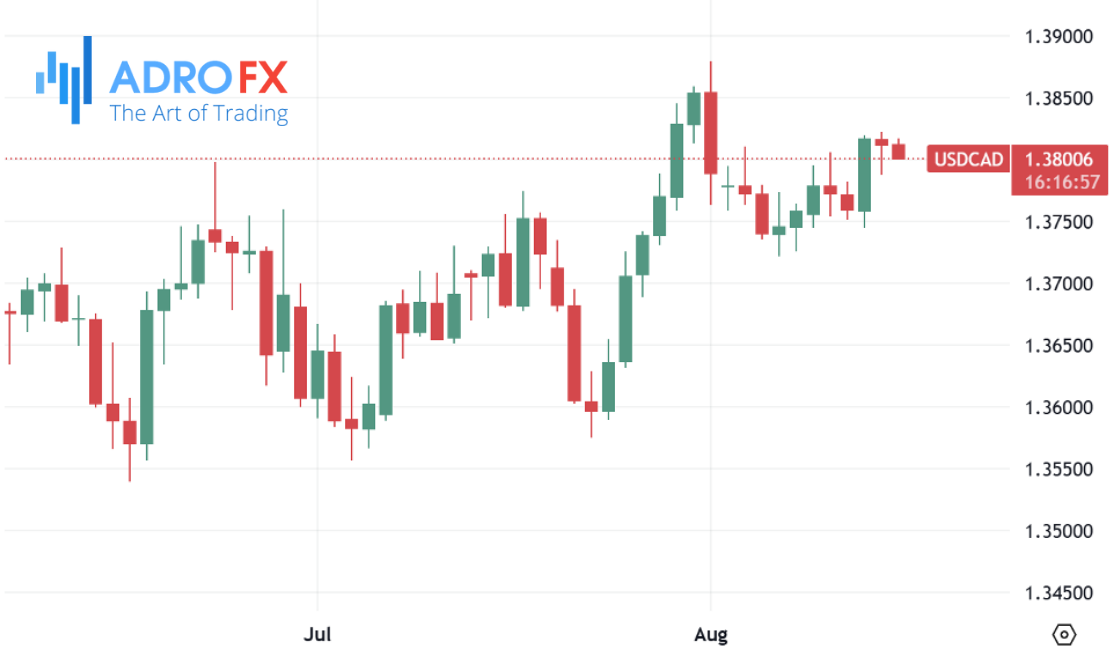
The broader tariff landscape has heightened unease. The Trump administration expanded its 50% tariffs on steel and aluminum imports to cover 407 new product categories under the US Harmonized Tariff Schedule. President Donald Trump also signaled that further measures targeting semiconductors were imminent, underscoring an intensifying trade war that continues to ripple across industries. These developments complicate monetary policy decisions, as tariffs both push inflation higher and weigh on global growth.
In Canada, the Bank of Canada faces a delicate balancing act. Inflation has cooled somewhat, but the central bank’s trimmed mean gauge remained at 3% in June, above its target and enough to justify caution on rate cuts. After lowering its policy rate to 2.75% in July, the BoC has emphasized a measured approach, citing sticky service prices and uncertainties stemming from tariffs. The tension between softening domestic demand and persistent inflation remains a core challenge for policymakers.
Over in Japan, the yen began the week on a weaker footing. The USD/JPY pair climbed to the mid-147s during Asian trading as uncertainty swirled around the Bank of Japan’s next move. While the central bank has left the door open to further policy normalization, markets remain unsure about the timing of another rate hike. For now, the divergence between the BoJ’s relatively hawkish stance and the Fed’s anticipated dovish pivot serves as a counterweight, complicating directional bets on the yen. Traders are expected to exercise caution ahead of Fed Chair Jerome Powell’s remarks at the upcoming Jackson Hole Symposium, which could reshape expectations.
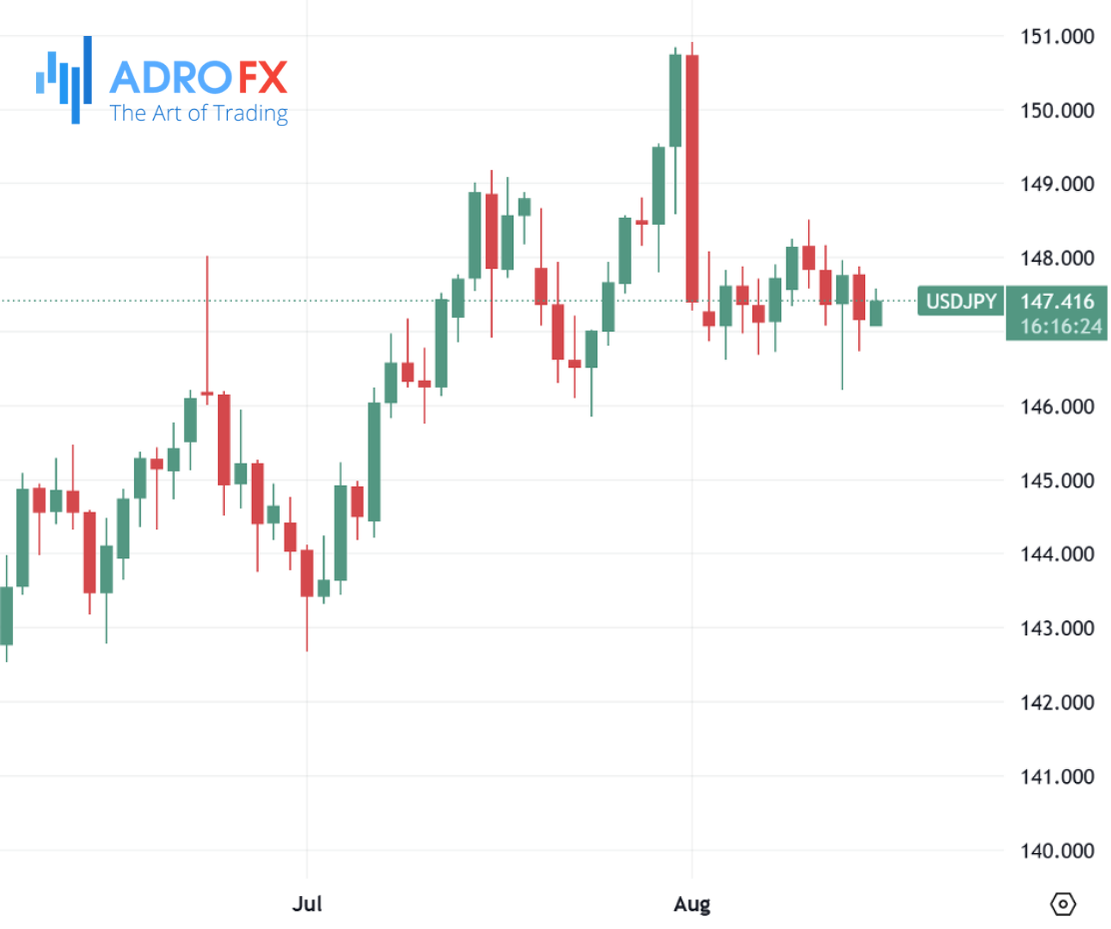
The Australian dollar, meanwhile, extended its advance for a second session. The AUD/USD pair gained support from stronger-than-expected employment data for July, easing fears of a weakening labor market and reducing urgency for the Reserve Bank of Australia to cut rates again in September. RBA Governor Michele Bullock reiterated that future decisions would be made on a meeting-by-meeting basis, with forecasts still pointing to the need for further easing, but without firm commitments in the face of potential volatility.
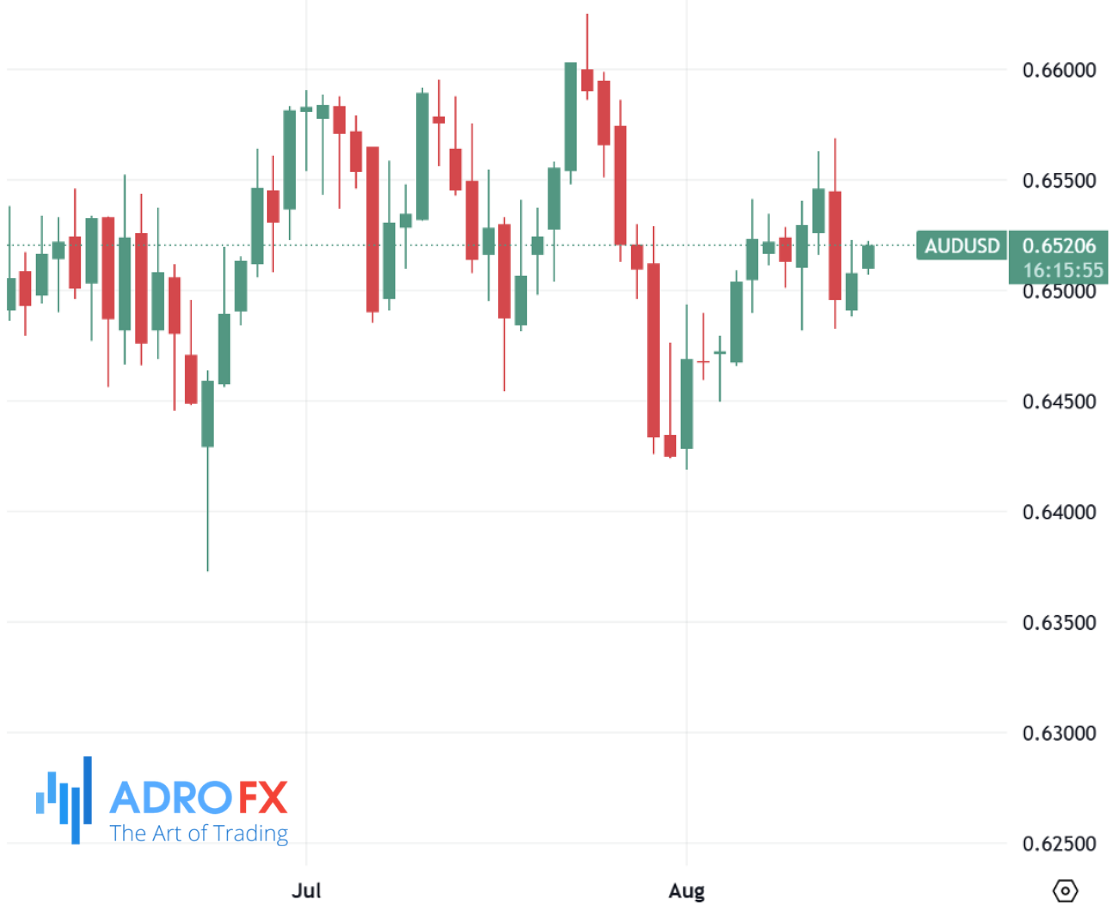
The euro struggled for momentum, with EUR/USD drifting lower around 1.1690 in Monday’s Asian session. The pair had previously logged a 0.5% gain, but uncertainty surrounding US monetary policy capped further advances. Traders are also closely monitoring Eurozone and German inflation data, which could shape the European Central Bank’s stance on whether to pause its easing cycle in September. Added geopolitical uncertainty also weighs on sentiment. President Trump recently remarked that Ukraine should consider reaching a settlement with Russia, framing Moscow as a formidable power. His comments followed reports that Vladimir Putin had demanded additional Ukrainian territory during a summit in Alaska. Such developments may impact risk appetite and the euro’s trajectory in coming weeks.
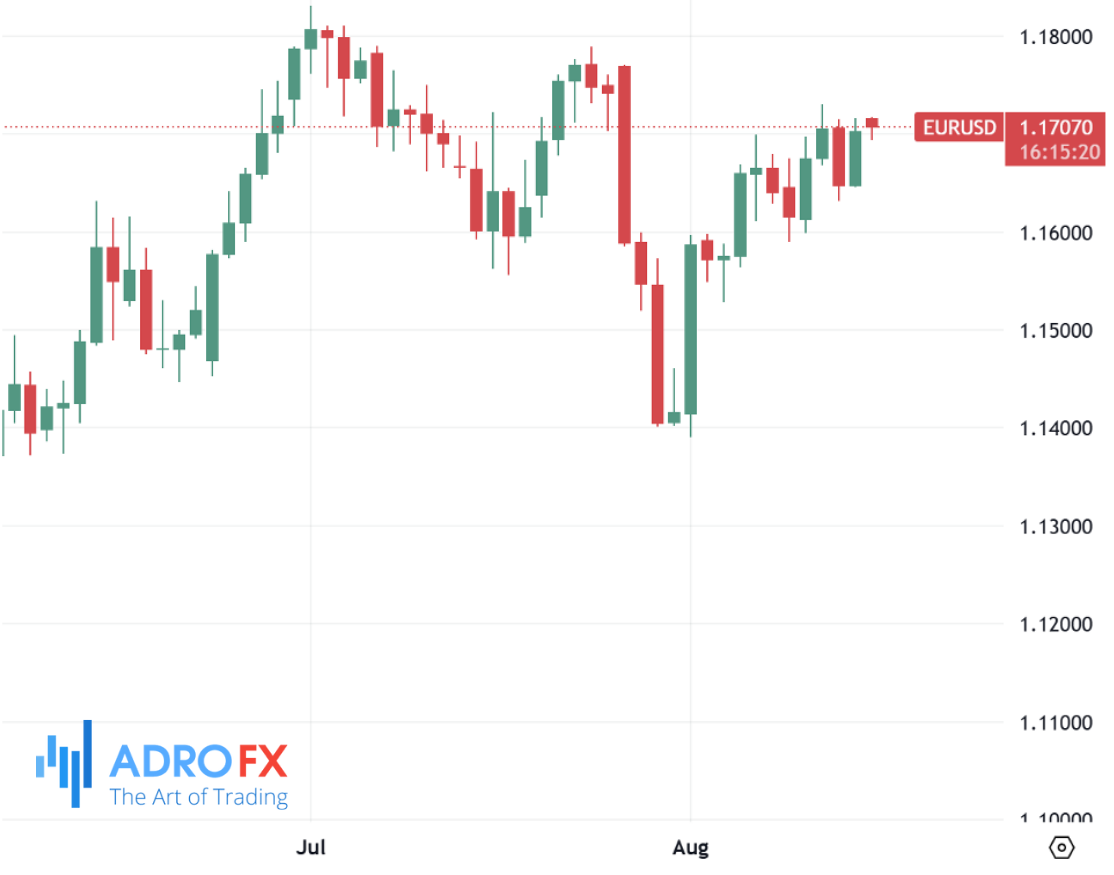
The New Zealand dollar held above the 0.5900 level against the greenback at the start of the week, but conviction remained weak. While the upbeat global risk tone provided some support for the Kiwi, expectations that the Reserve Bank of New Zealand will cut rates at its upcoming meeting curbed enthusiasm. Weak labor market data, sluggish inflation expectations, and slowing wage growth have increased the likelihood of policy easing, restraining NZD upside potential.
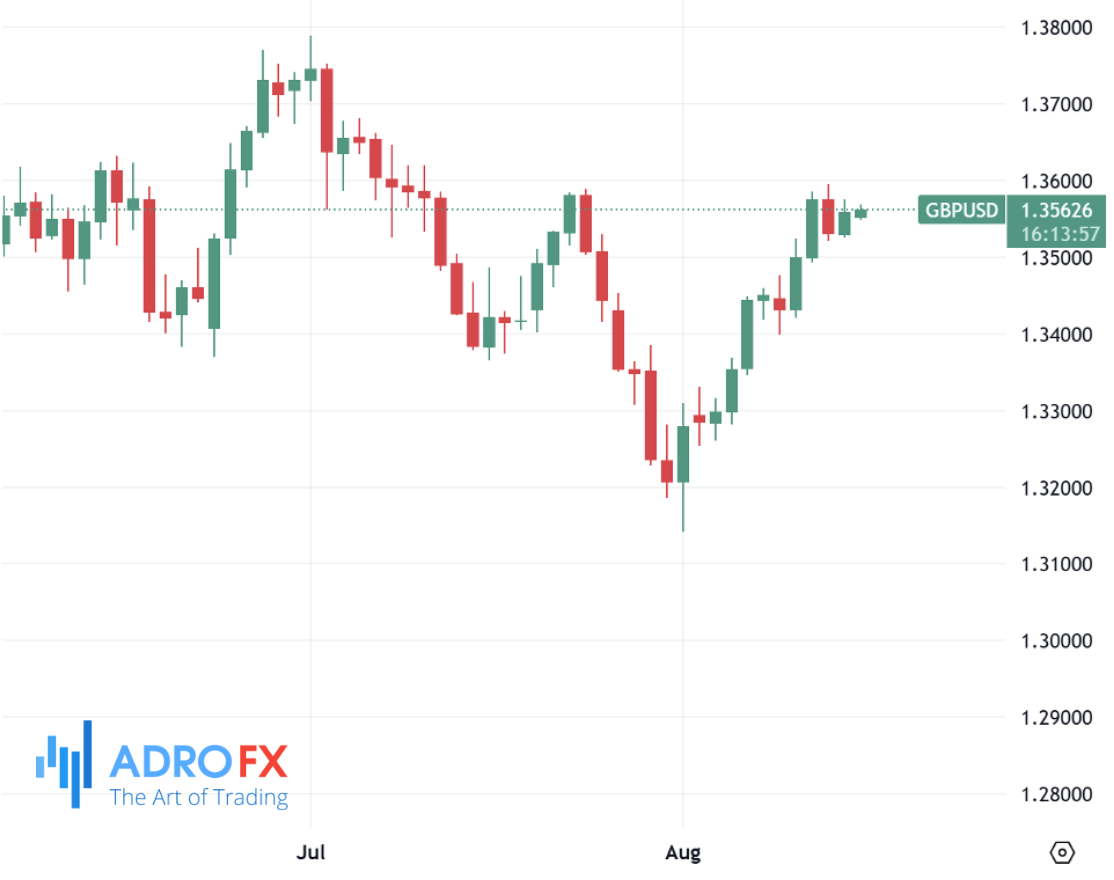
In the United Kingdom, sterling came under pressure in early Asian trading Monday, with GBP/USD sliding toward 1.3555. The pair faced headwinds from a firmer US dollar, though stronger-than-expected UK GDP data for the second quarter offered some support. The economy grew 0.3% quarter-on-quarter, exceeding forecasts of 0.1%, though still slowing from 0.7% in Q1. Attention now turns to the July inflation report, due Tuesday, which could prove pivotal. Core CPI is projected to rise 3.7% year-on-year, and any hotter-than-expected print could dampen expectations for Bank of England rate cuts in September, giving sterling a potential lift. Current market pricing suggests traders are looking further ahead, with another BoE cut fully priced only by early 2026.
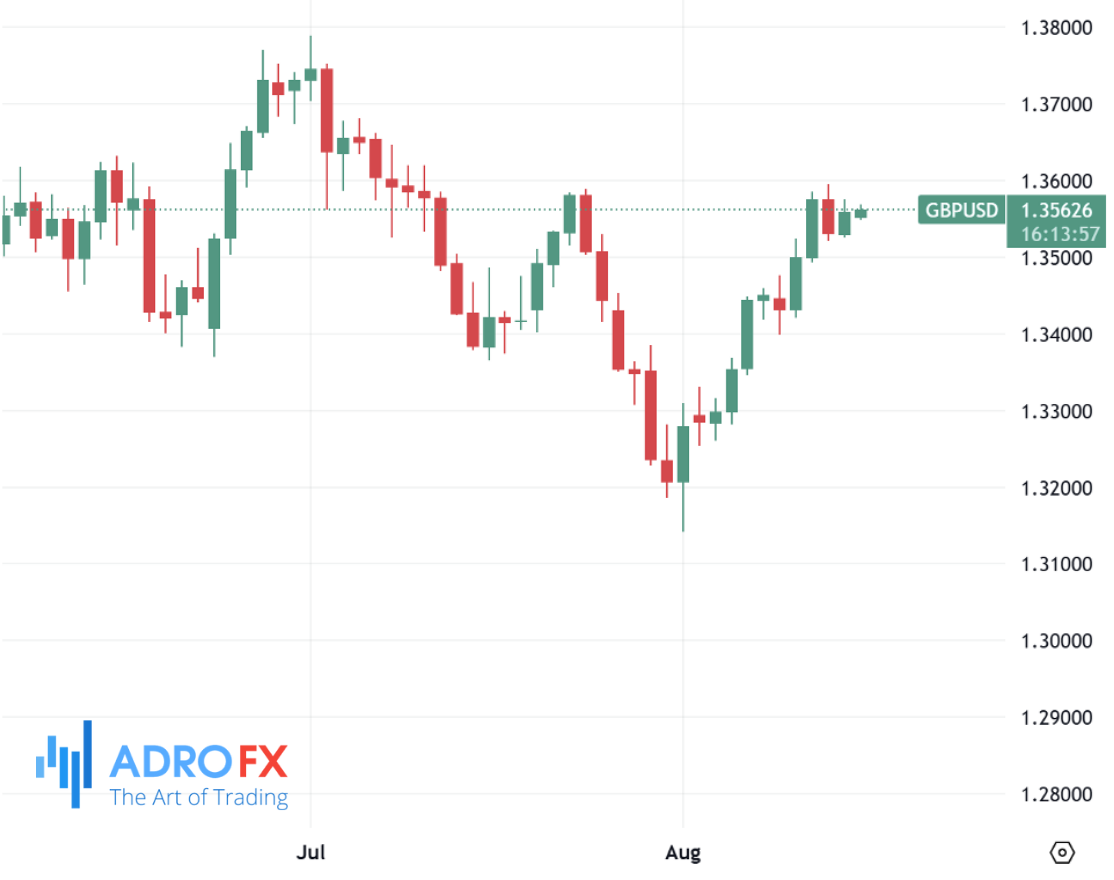
Looking forward, the week ahead is set to bring key catalysts across the globe. US inflation data, including both the Consumer Price Index and Producer Price Index, will be closely watched as investors weigh the balance between tariff-driven price pressures and moderating demand. Japan’s preliminary second-quarter GDP figures are also due, providing a window into how the world’s third-largest economy is coping with the dual challenges of external trade tensions and domestic policy shifts. At the same time, global markets remain highly sensitive to geopolitical developments, particularly the evolving US–Russia–Ukraine dynamic and the steady drumbeat of tariff announcements.
In summary, global financial markets remain caught between optimism over corporate resilience and anxiety about trade and inflation. While equities have managed to grind higher overall, crosscurrents in currencies, commodities, and policy expectations highlight just how fragile sentiment is. With central banks around the world signaling divergent paths, traders are bracing for another week of volatility as they parse incoming data, monitor geopolitical headlines, and await clarity from policymakers.




